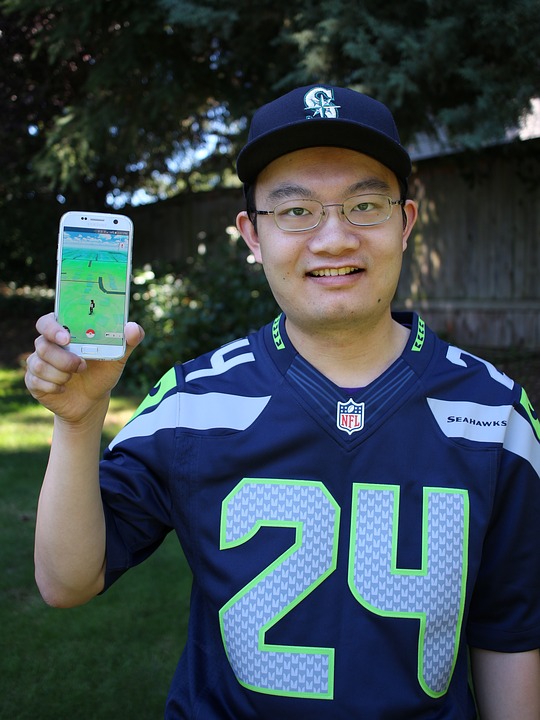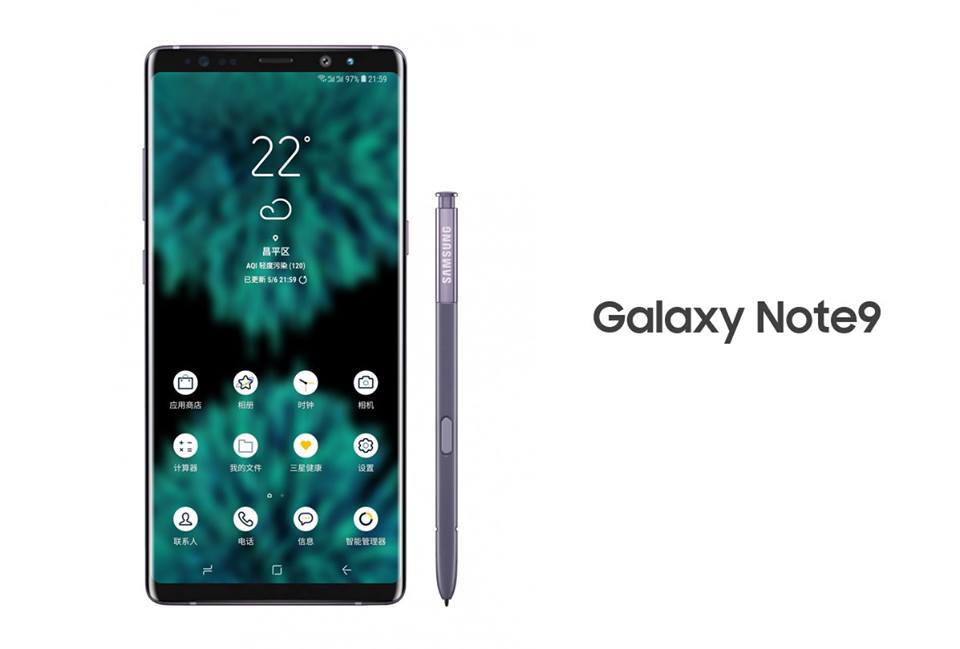If you don’t like the squeeze functionality of Active Edge, you can disable or configure it on the Pixel 2 and Pixel 2 XL by following these steps.
When HTC launched their new flagship this year, the company introduced a new gesture called Edge Sense. This feature is possible thanks to some additional hardware inside the edges of the phone and it’s able to detect when you squeeze it. With Google’s recent strategic investment in HTC, they were able to use this technology in both the Pixel 2 as well as the Pixel 2 XL.
The only difference here is that Google is calling the feature Active Edge so they can create their own marketing term around it.
Unlike HTC right now, we can’t configure Active Edge to do different shortcuts (at the time of writing this) and it is only able to launch the Google Assistant. Google also lets you use this feature to silence incoming phone calls as they happen too though, so that is nice. I’ll be showing off a 3rd-party application in the future that lets you remap the Pixel 2 and Pixel 2 XL Active Edge squeeze feature, but for now I just want to show you the basics.
Pixel 2 Active Edge
- Launch the Settings application
- Scroll down and tap the System option
- Tap the Gesture option
- Tap the Active Edge option
- Then enable, disable or configure how you like it
Explanation
As with most of the Pixel 2 and Pixel 2 XL features that I’ll be showing off, these are generally buried within the Settings application. Google redesigned the Settings application in an attempt to reduce how many sections it had, but that has made things more confusing for those who don’t want to dig around the options area. Google realizes this so by default the Active Edge squeeze gesture is automatically enabled and you only have to trigger it once to allow it to launch Google Assistant.
Personally, I found myself triggering it quite often when I picked the phone up from the desk and when pulling the phone out of my pocket. For those instances, you may want to adjust the Active Edge squeeze sensitivity so it happens less often. Alternatively, if you feel you are forced to squeeze the edges too hard to get it to trigger, you can increase the sensitivity by using the slider that will appears in the Pixel 2 Active Edge settings page.

So to get there, we need to launch the Settings application and then scroll down to reveal the System option. From here, look toward the top of the screen and tap on the Gestures option and again look at the top so you can tap the Active Edge option. This page holds all of the basic features for the Pixel 2 Active Edge squeeze feature and this is where we can disable it completely if we want. We also have the ability to prevent Google Assistant from being triggered when the screen is off by toggling a different option.
As I mentioned, there’s a way to screen the phone to silence a phone call, but again, this could be triggered accidentally just from picking it up from a flat surface. So if you want, you can disable this option with a simple toggle as well. The last option here as of writing this is a slider that lets you adjust the Active Edge squeeze sensitivity. While sliding this all the way to the right it did reduce the number of accidental triggers, it wasn’t enough to prevent it completely.
Your mileage may vary here though so definitely set the feature up how you like it.





